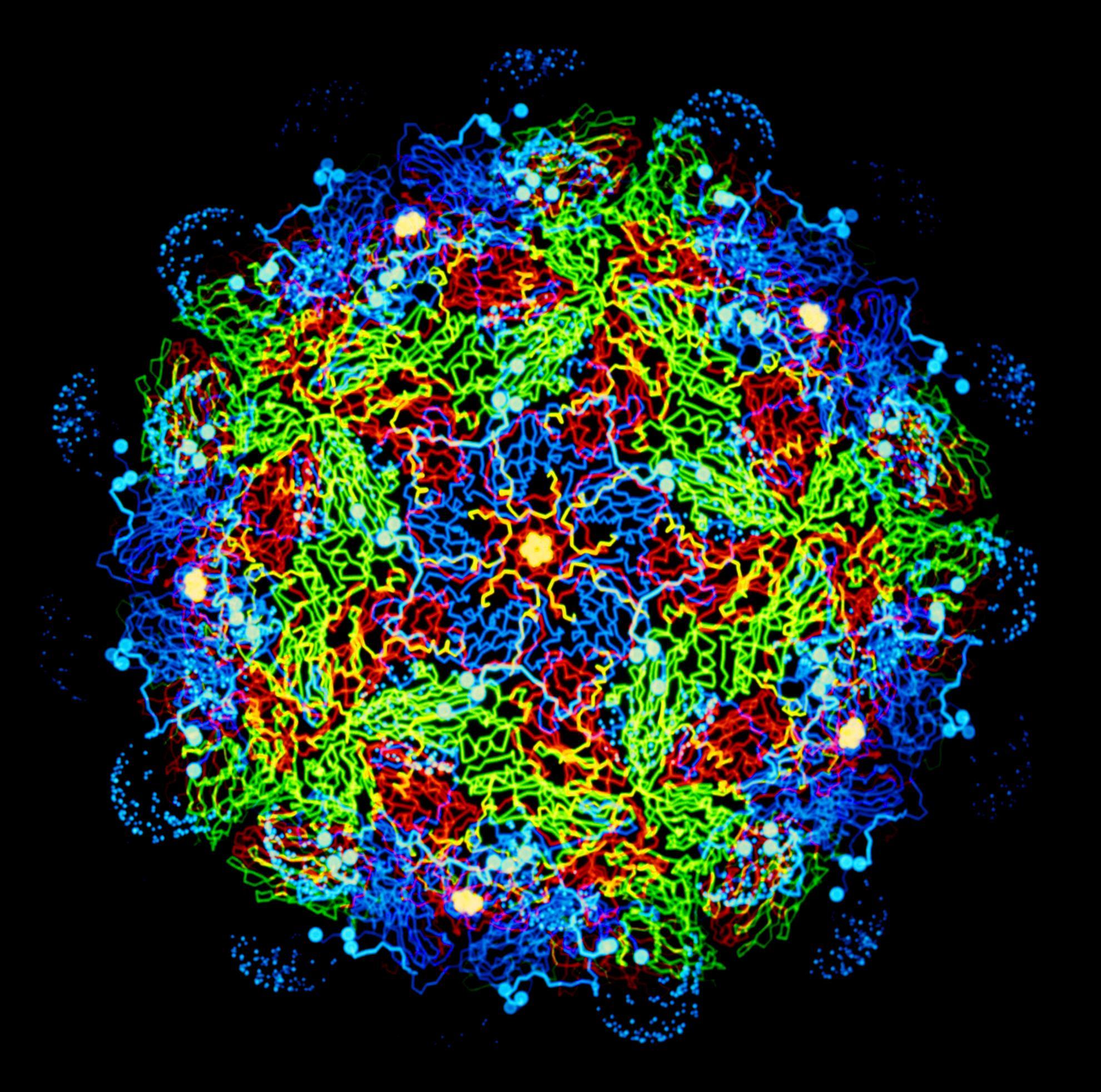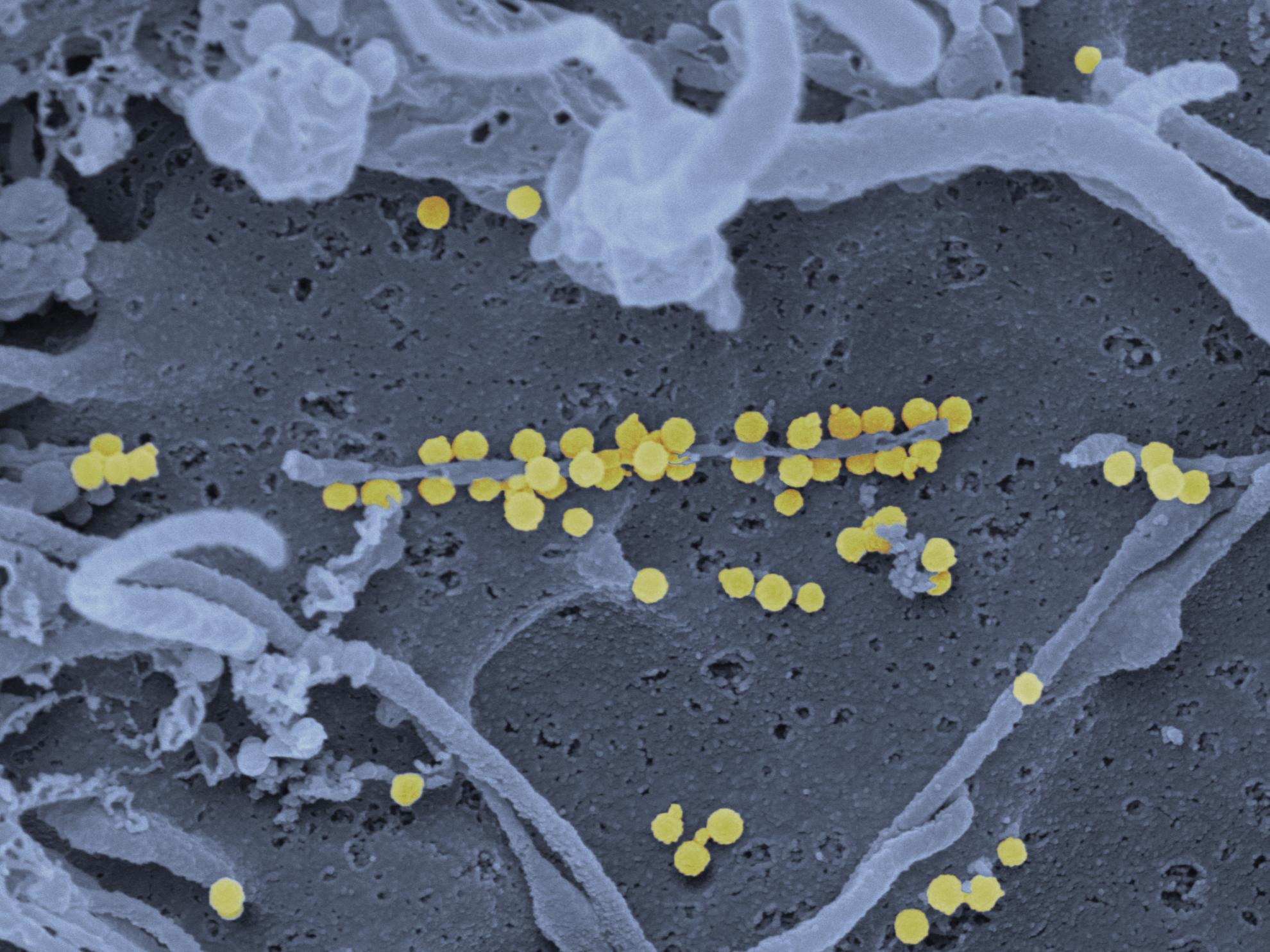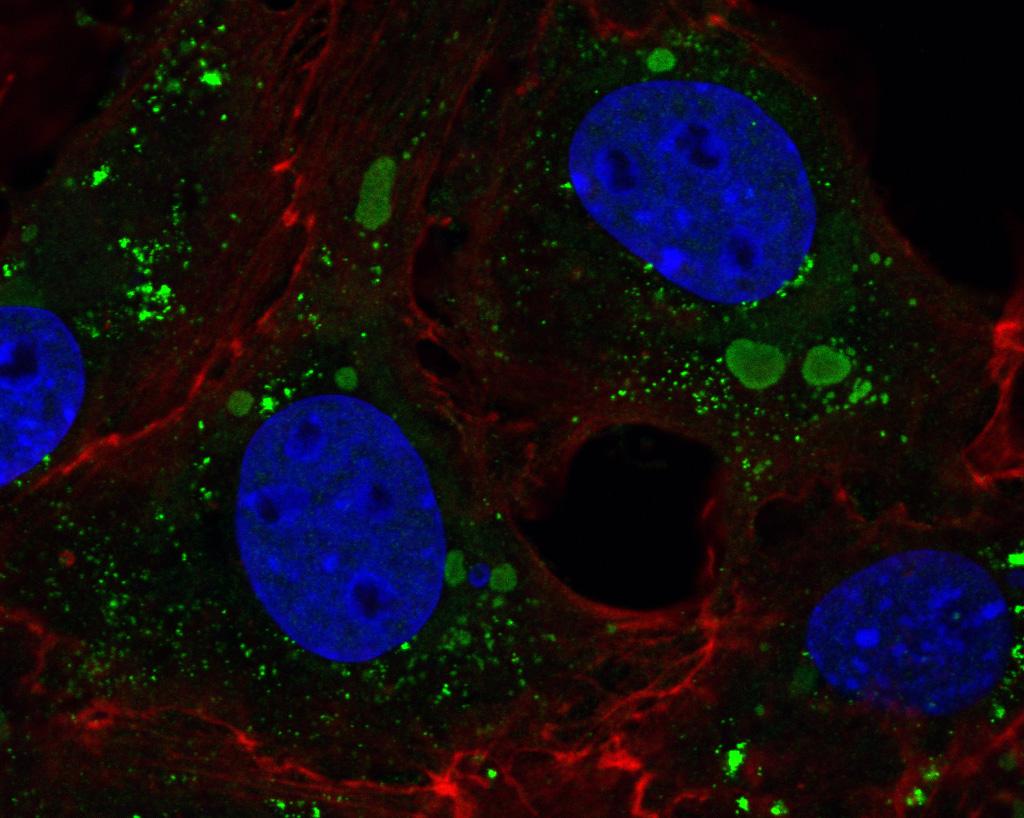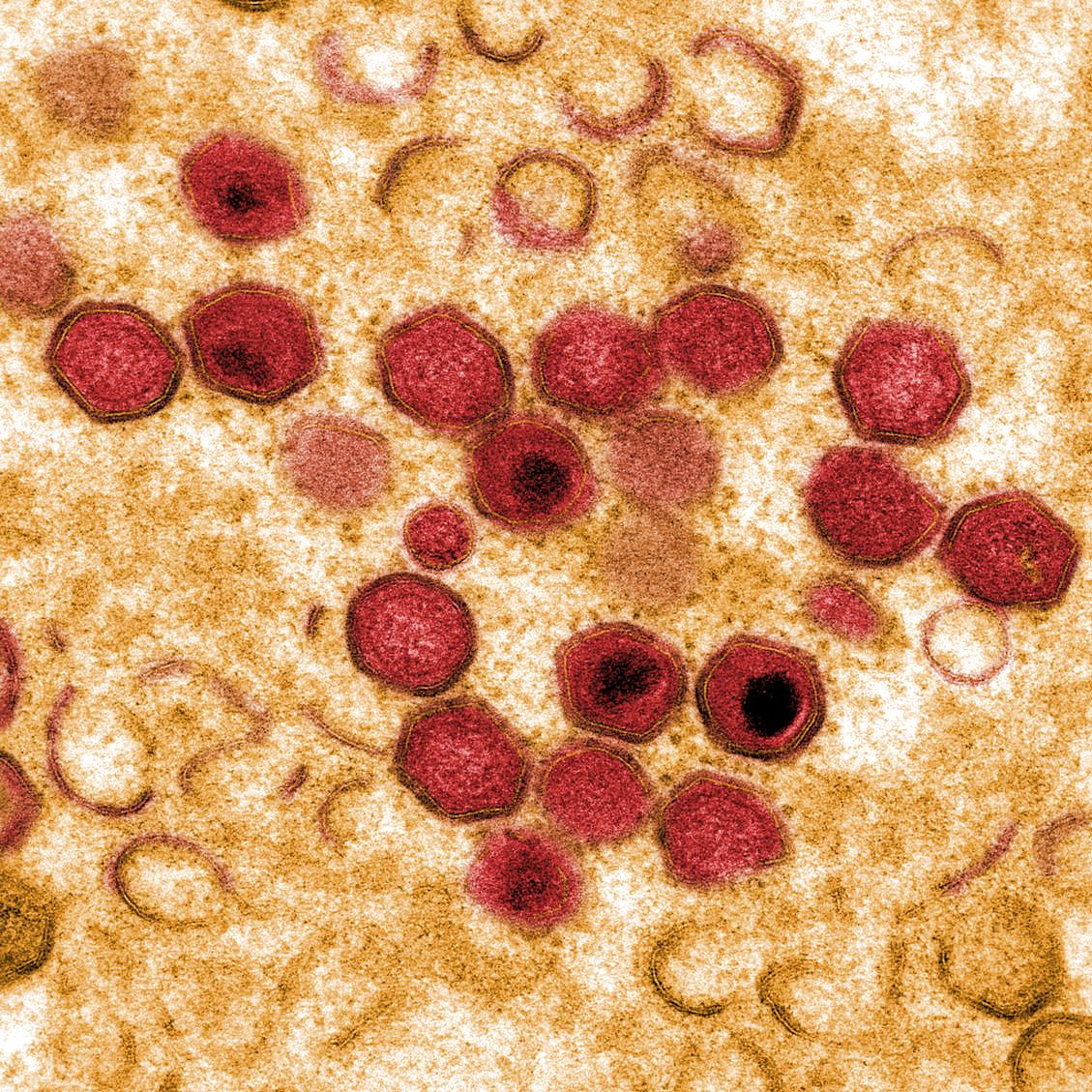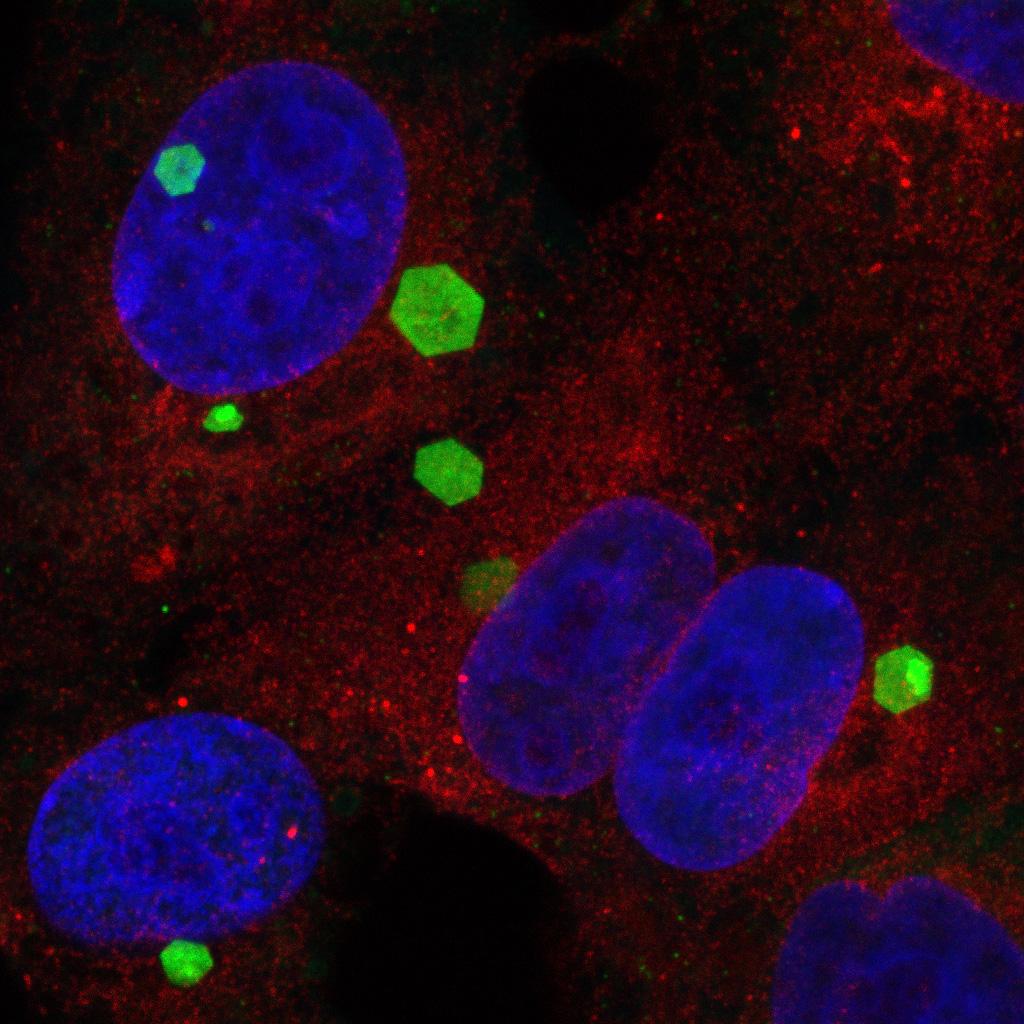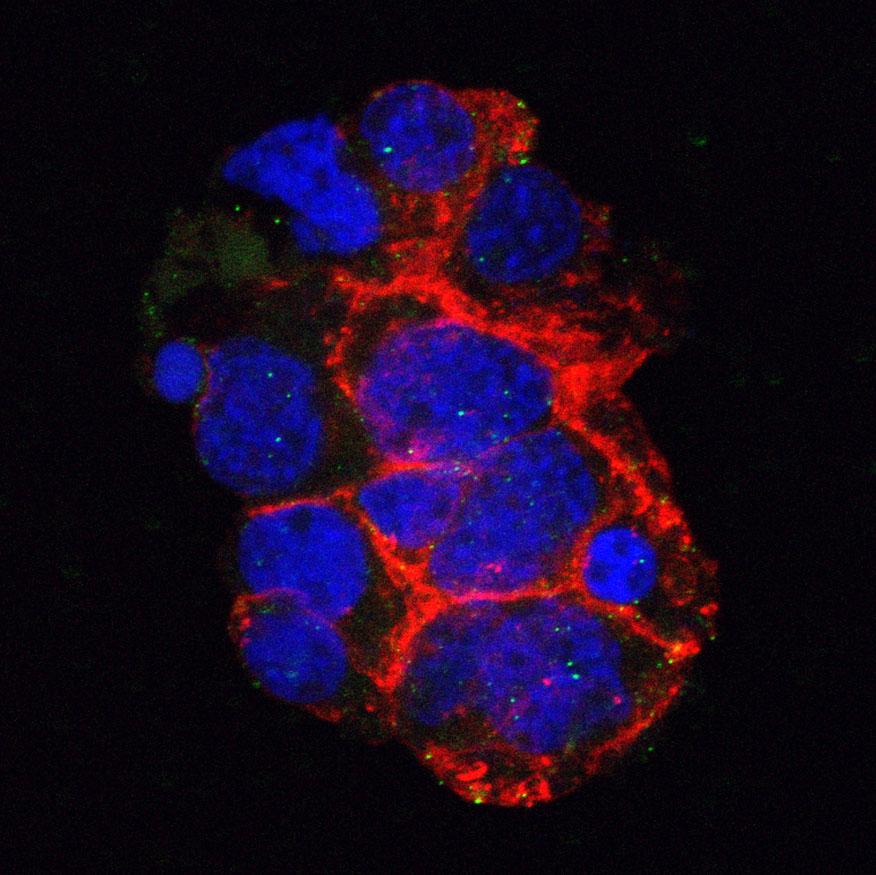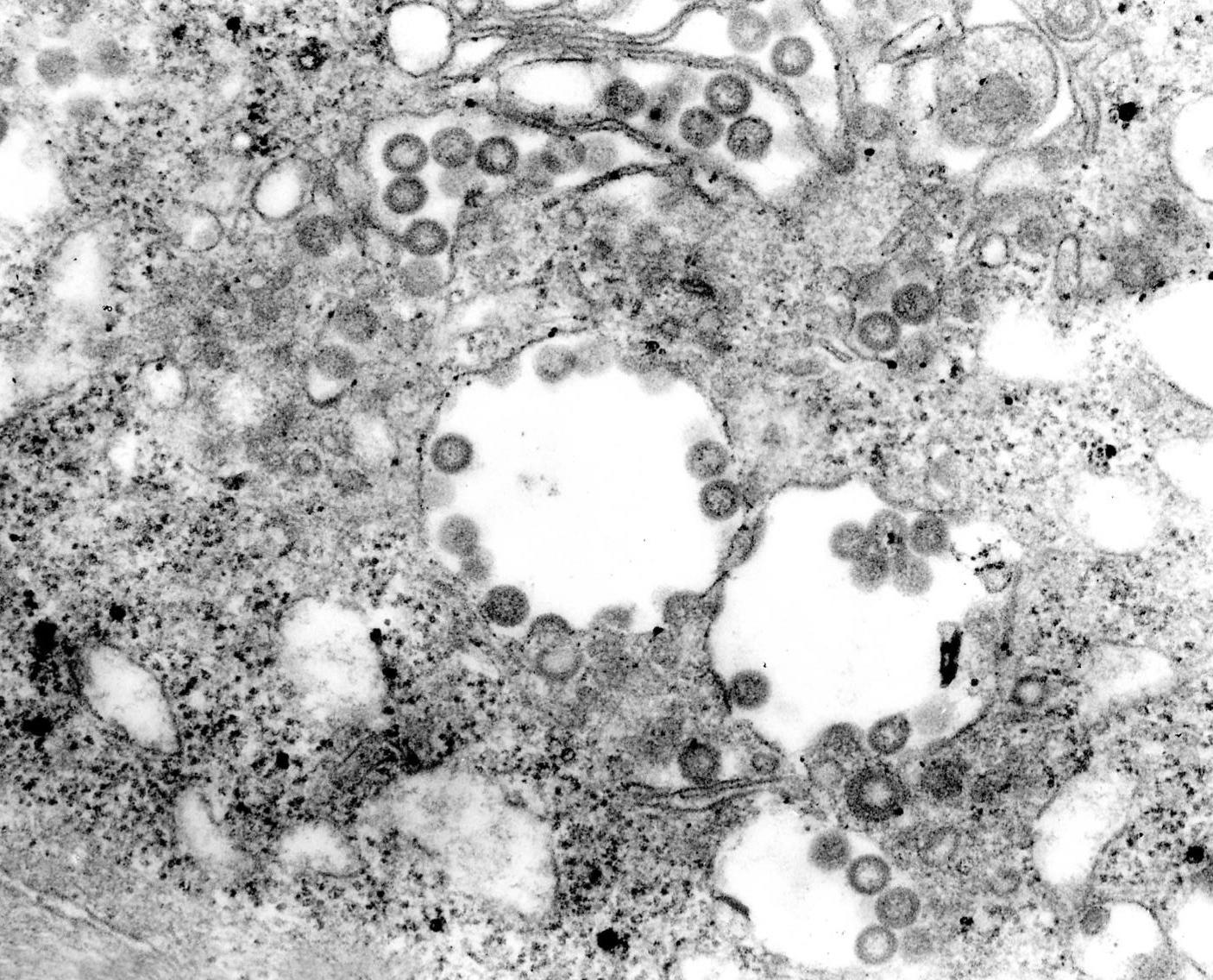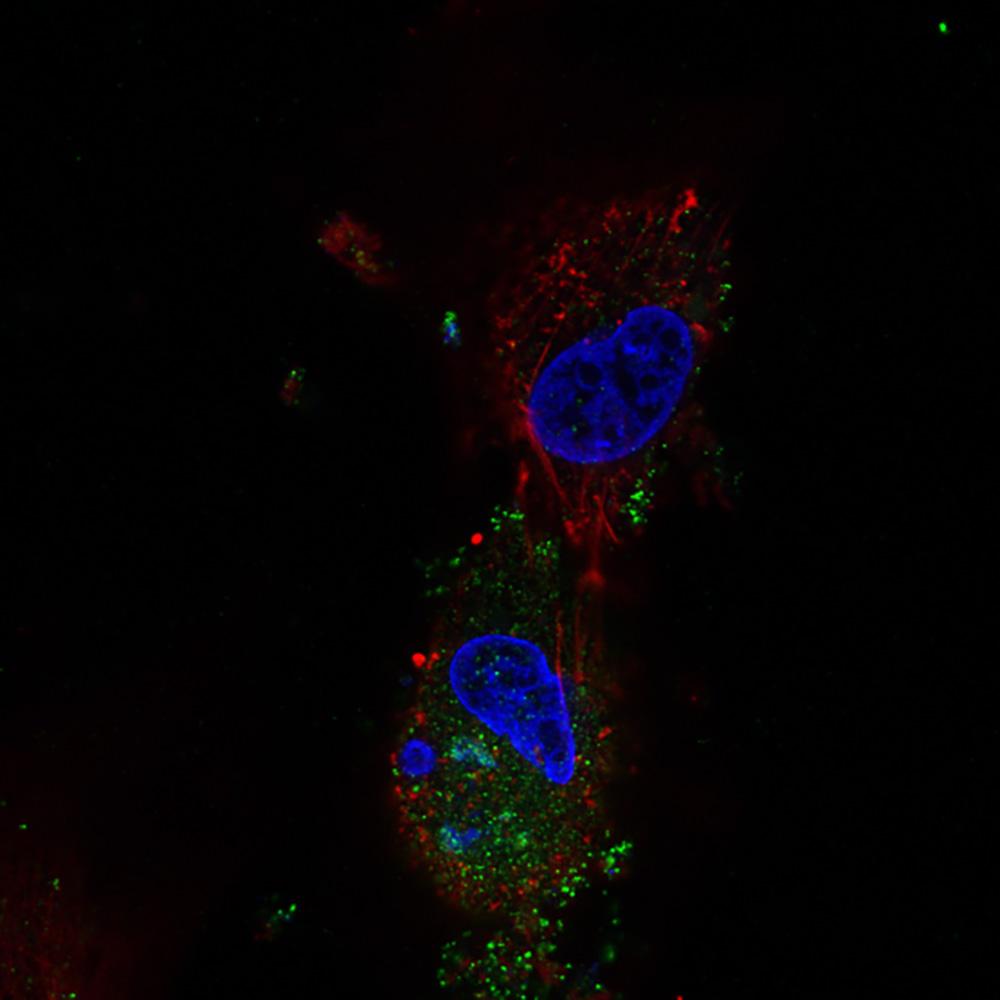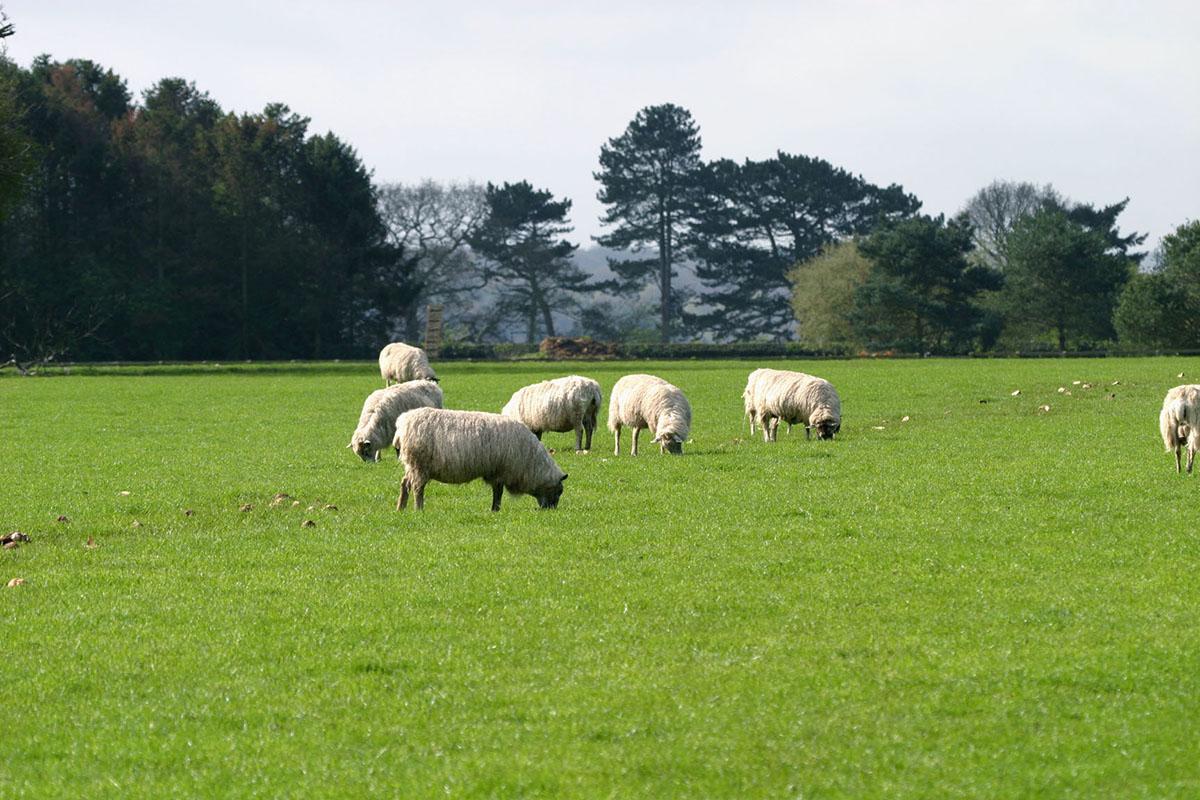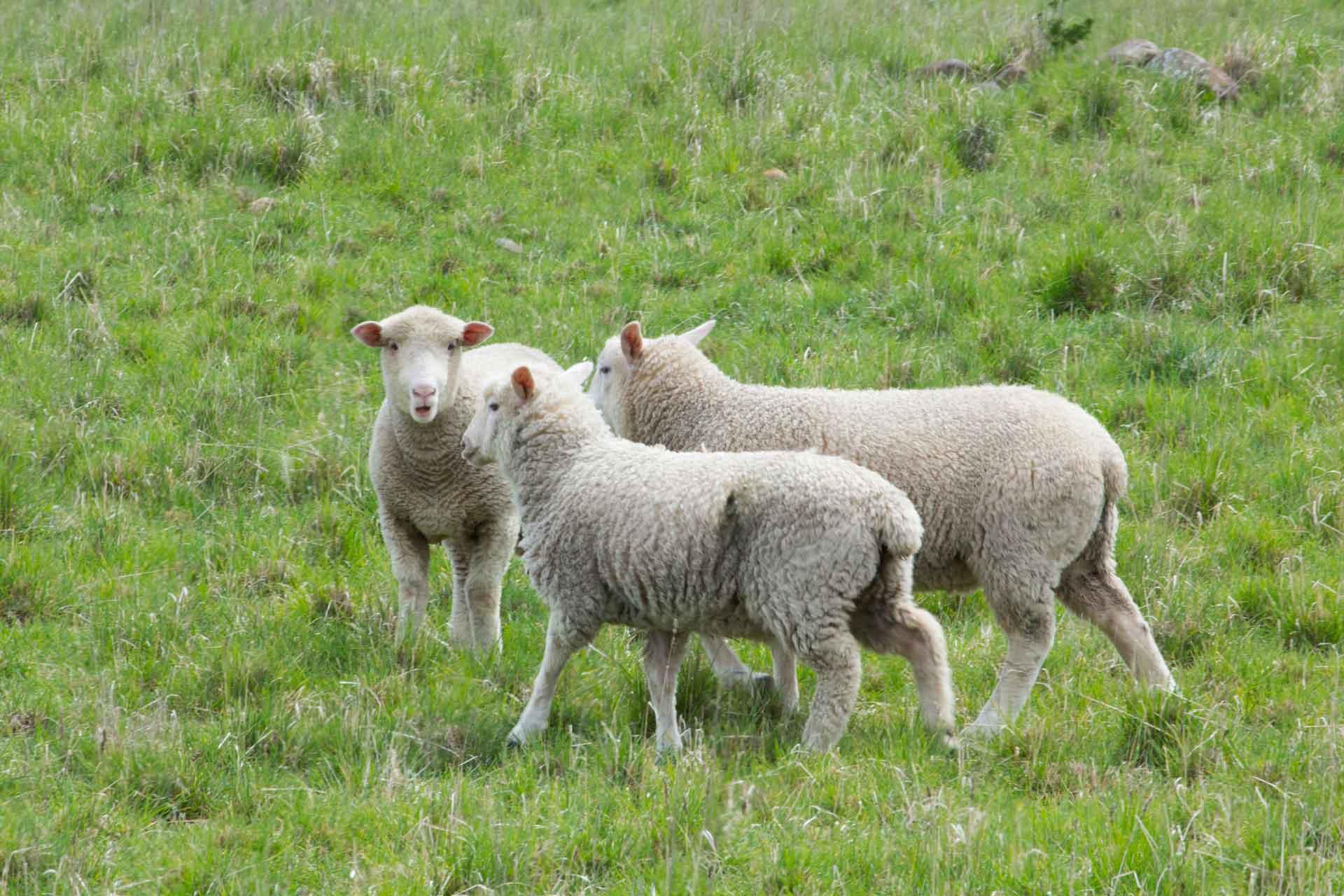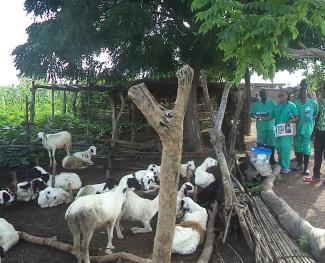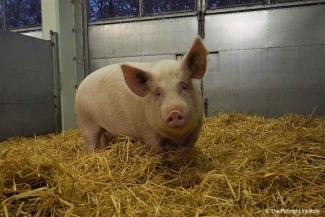Our group
In the Transmission Biology group, we study the transmission of viral diseases of livestock and zoonoses using a combination of transmission experiments, field studies and mathematical modelling. We investigate the mechanisms and routes of transmission and develop tools and processes to aid in surveillance, to provide operational support and to analyse outbreak data.
Our aims
The aim of the group is to understand the transmission of viral diseases of livestock across scales from individuals to continents. Understanding transmission is essential for improving disease control and surveillance.
Our research
Current research interests are:
Understanding the transmission of livestock viral diseases and zoonoses across scales
We are developing mathematical models to link data from experimental and field studies to help understand transmission of viral diseases of livestock across scales from within hosts to between farms. Our current focus is on bluetongue virus (BTV), epizootic haemorrhagic disease virus (EHDV) and foot-and-mouth disease virus (FMDV).
Understanding environmental and airborne transmission to improve control and surveillance of foot-and-mouth disease outbreaks
We are developing tools to investigate airborne spread of FMDV. This includes use of air sampling to detect infected animals or herds and the use of microthreads to capture FMDV in aerosols to assess viral survival. We are also exploring the use of herd-level surveillance, such as wastewater and milk sampling, for the detection of FMDV-infected herds.
Livestock markets and disease transmission
We are assessing the role of livestock markets in disease transmission and spread in endemic settings, assessing different sampling methods for surveillance and testing the effect (and acceptance) of different interventions to reduce disease transmission.
Understanding disease impacts
In collaboration with the Royal Veterinary College (RVC) and Global Burden of Animal Diseases (GBADs), we are assessing the socio-economic impact of animal diseases and control measures at different scales. We are also investigating the socio-economic impacts of zoonotic diseases, such as Rift Valley fever (RVF).
Crimean Congo haemorrhagic fever
In collaboration with Oregon State University, University of Oxford, University of Glasgow and ILRI we will assess the role of loss of pathogen diversity on disease emergence, specifically CCHF, and the potential role of vaccines to reduce the risk.
One Health vaccination
Vaccines against zoonotic viruses are being developed that can be used in both livestock in humans. In collaboration with City, University of London we are developing mathematical models to investigate how to use these vaccines in the most effective and cost-effective way, focusing in particular on RVF.
Our impact
A major impact of our work is in advice on disease spread and control to various national and international organisations.
Our work conducted in Nigeria, in collaboration with the Royal Veterinary Collage and the National Veterinary Research Institute in Vom, assessing the impact of sheep and goat pox virus and financial benefits of vaccination, feature in the BBSRC Impact Showcase 2022.
Our work conducted in Mongolia, in collaboration with the State Central Veterinary Laboratory, Pip Beard and Nick Lyons, evaluating the socioeconomic impact of foot-and-mouth disease and control measures has been selected as a case study for Impact Evaluation of BBSRC Translational Funding.
Our work on bluetongue virus (BTV) during the epidemic in northern Europe in 2006-2009 was recognised by the BBSRC Social Innovator of the Year 2013 award, jointly with Carrie Batten, Simon Carpenter, Simon Gubbins and Peter Mertens.
Simon Gubbins regularly advises Defra on the risk of bluetongue virus entering the UK via wind-borne incursion of infected midges and on the potential spread and impact of control. Simon Gubbins has also been a member of working groups on lumpy skin disease, Rift Valley fever and EU animal health law for the European Food Safety Authority (EFSA).
Georgina Limon is designated expert for the World Organization for Animal Health (WOAH) Reference Laboratories for lumpy skin disease and for sheep pox and goat pox (since October 2023). She provides advice to WOAH, FAO and Defra on topics related to risk of incursion, spread and control of different transboundary diseases.
